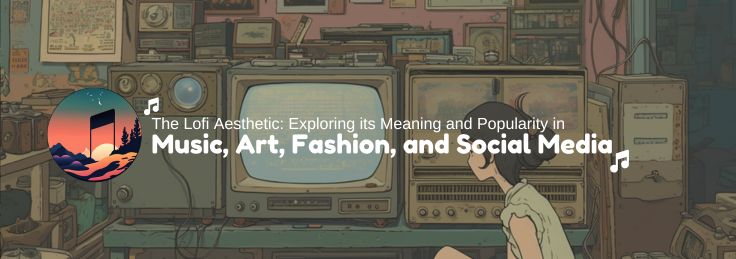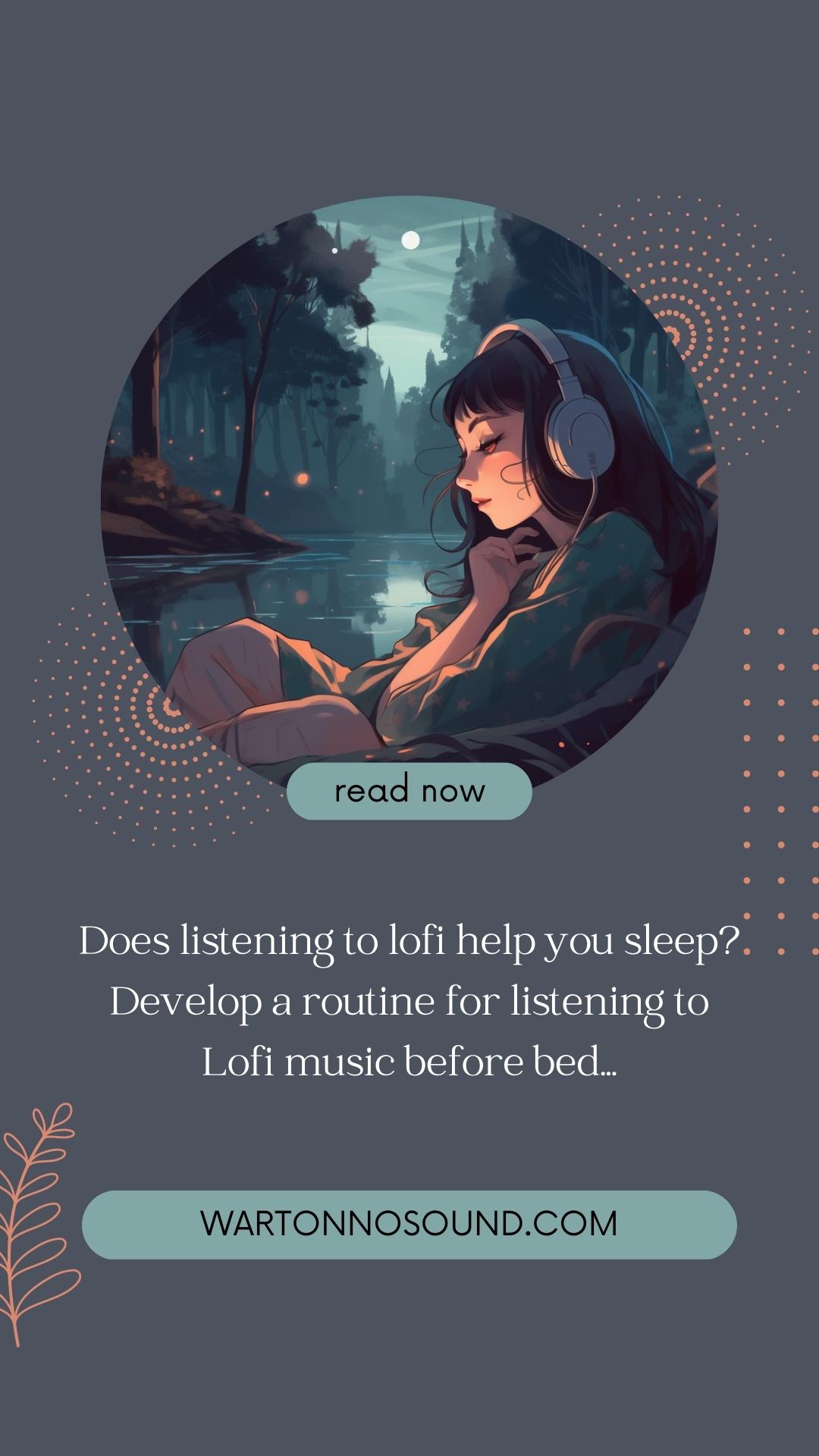Lofi is a term that has become increasingly popular in recent years. It is used to describe a particular aesthetic characterized by a vintage, low-fidelity, intentionally distorted, and imperfect sound. The Lofi aesthetic can be found in music, art, fashion, and even social media. In this blog post, we will explore the meaning of the lo-fi aesthetic and why it has become so popular.
The Lofi Sound: Analog Recording and Imperfection
The term “lo-fi” is short for “low fidelity,” which refers to the quality of the sound. In music, lofi is characterized by its use of analog recording equipment, such as tape machines and vinyl records. The resulting sound is warm, mellow, and nostalgic, with a distinctive hiss and crackle that gives the impression of listening to an old, well-loved record.
Lofi Art: Vintage Imagery and Imperfect Techniques
The Lofi aesthetic is not just limited to music, however. It can also be found in art, particularly in the use of retro or vintage imagery and the deliberate use of imperfections and distortions. The Lofi aesthetic is often associated with a sense of nostalgia for a simpler time, before the digital age, when things were more tangible and tactile.
Lofi Fashion: Vintage and Second-Hand Clothing with a Laid-Back Vibe
In fashion, the Lofi aesthetic is characterized by a vintage or retro style, often incorporating second-hand or thrift clothing, and a relaxed, laid-back vibe. This style is often associated with the indie or alternative music scene and is often seen as a rejection of mainstream fashion and consumer culture.

Lofi Social Media: Using Filters and Effects to Achieve a Vintage Look
In social media, the lo-fi aesthetic is often expressed through the use of filters and other editing techniques that give images a vintage or retro look. This can be seen in the popularity of apps like Instagram and TikTok, which allow users to add filters and other effects to their photos and videos to give them a lo-fi vibe.
Why Has the Lofi Aesthetic Become So Popular?
So why has the lo-fi aesthetic become so popular in recent years? There are several reasons for this. One is a sense of nostalgia for a simpler time, before the internet and social media, when things were more tangible and personal. The Lofi aesthetic represents a rejection of the slick, polished, and often impersonal world of digital media, and a return to a more human, imperfect, and authentic way of creating and experiencing art.
Another reason for the popularity of the lo-fi aesthetic is its accessibility. Unlike other forms of art that require expensive equipment or training, lofi music, and art can be created with basic equipment and a DIY attitude. This has led to a proliferation of Lofi artists and creators, who are able to share their work online and build a following without the support of traditional record labels or galleries.

The Accessibility of Lofi Art and Music for Creators and Fans
The Lofi aesthetic also appeals to a sense of community and connection. The Lofi music scene, in particular, has a strong sense of community, with artists and fans sharing their work and supporting each other online. This sense of connection and community is particularly important in an age where people are increasingly isolated and disconnected from each other.
The Future of the Lofi Aesthetic and Its Cultural Impact
In conclusion, the Lofi aesthetic is a powerful and multifaceted cultural phenomenon that has emerged in response to the slick, polished, and often impersonal world of digital media. It represents a return to a more human, imperfect, and authentic way of creating and experiencing art, and is characterized by a sense of nostalgia, accessibility, and community. Whether in music, art, fashion, or social media, the Lofi aesthetic has captured the imagination of a generation and is likely to continue to be a significant cultural force for years to come.

Here are three frequently asked questions (FAQ) about the Lofi aesthetic:
Q: What is the difference between Lofi and high-fidelity (hi-fi) music?
A: Lofi and hi-fi music are two opposing ends of the sound quality spectrum. Lofi music is characterized by a vintage, low-fidelity sound that is often intentionally distorted and imperfect, while hi-fi music is characterized by a clean, polished, and high-quality sound. Lofi music is typically recorded using analog equipment such as tape machines and vinyl records, while hi-fi music is recorded using digital equipment.
Q: Is the Lofi aesthetic only found in music, or can it be found in other forms of art?
A: While the Lofi aesthetic is most commonly associated with music, it can also be found in other forms of art such as painting, photography, and fashion. In art, the lo-fi aesthetic is often characterized by the use of retro or vintage imagery, imperfect techniques, and a sense of nostalgia for a simpler time.
Q: Why has the lo-fi aesthetic become so popular in recent years?
A: The Lofi aesthetic has become popular in recent years due to a variety of factors. One reason is the appeal of authenticity and imperfection in a digital world that often feels impersonal and polished. Another reason is the accessibility of Lofi’s music and art, which can be created with basic equipment and a DIY attitude. Finally, the Lofi aesthetic has a strong sense of community and connection, particularly in the Lofi music scene, which has helped to fuel its popularity.




